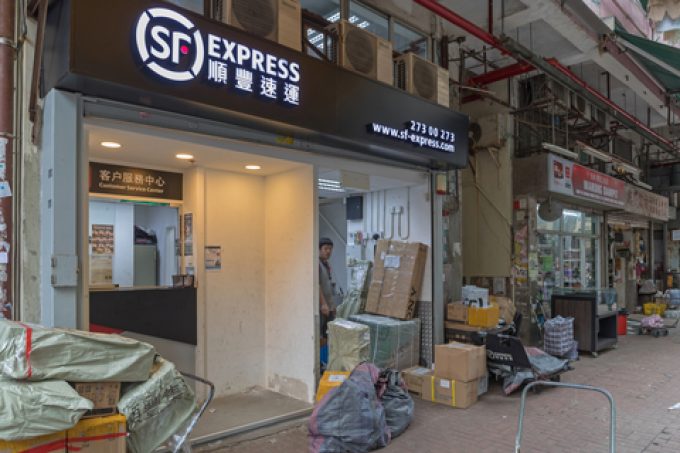Hong Kong drops out of world's top 10 busiest container ports
Hong Kong fell out of the world’s top 10 container ports last year, for the ...

The rise of cross-border e-commerce in Asia is driving demand for turnkey logistics solutions and the development of regional hubs.
“We believe cross-border e-commerce is going to be the key driver for cargo growth in Asia,” said Alaina Shum, general manager, aviation logistics, at Airport Authority Hong Kong.
She told the Asia Logistics & Maritime Conference in Hong Kong last week online shopping behaviour was creating more complex distribution models.
For example, she explained, many customers made multiple purchases across different platforms in order to try on clothes at home, rather than in store fitting rooms, expecting to be able easily to exchange or return unwanted items.
“To fulfill these orders cross-border without compromising on delivery times, retailers need regional e-commerce centres and air freight,” said Ms Shum.
As a result, Alibaba’s logistics unit, Cainiao, is building a US$1.5bn order fulfillment centre at Hong Kong Airport, already among the world’s busiest air cargo hubs, with more than 5m tonnes handled in 2017.
The 380,000sq metre facility will have capacity for 1.7m tonnes of e-commerce cargo when it launches in 2023, helping Alibaba reach its target of 24-hour delivery within China and 72 hours worldwide. Similar hubs are planned for airports in Dubai, Hangzhou, Kuala Lumpur, Liège and Moscow.
According to Roger Su, executive general manager of Cainiao Global, Alibaba handles 57m packages a day, adding: “Hong Kong is one of the most important gateways for Cainiao’s global business, with over 70% of outbound orders going through the airport.”
Cainaio’s orders passed the one billion mark for the first time during the Singles Day shopping festival this month, including five million import parcels processed through customs in under five hours.
Lazada, Alibaba’s Singapore-based online shopping platform, held Singles Day promotions across South-east Asia for the first time this year. Stephen Leung, senior VP for cross-border logistics, said regional fulfilment hubs reduced lead times by expediting customs clearance.
“Cross-border logistics is not easy for traditional sellers,” he explained. “With this model, shorter lead times can be achieved to serve customers in the region with very low upfront investment and cost.”
Mr Leung added that the hubs were usually located in free trade zones, allowing goods to be imported tax free until the point of sale, thus helping retailers with cashflow.
“We expect a new regional network will emerge globally and each hub will serve as the major point to serve nearby countries and as a base for trade in and out of the region.”
Suken Xiao, vice-president overseas region for integrator SF Express, noted retailers were demanding more shipping options, and so logistics suppliers needed to upgrade their services to provide “one-stop” solutions.
“So far, I cannot see one big name able to provide a good solution for their order fulfillment,” he claimed.
SF Express was growing at a frantic pace, both within China and globally, he said. It is now the fifth-largest logistics firm worldwide, with more than 30% annual growth, operating 3,800 flights a day with a fleet of 57 freighters, serving 53 countries with express coverage. Long-term, SF has plans for a fleet of 100 freighters.
“We need to provide variable shipping options, not like the old days where we only provided standard products,” Mr Xiao explained. “Because even with one seller, they may have different requirements, such as different SKUs: fast-moving; slow-moving; expensive; cheap; and so on. And the logistics requirements for each is different, making it very difficult if they deal with multiple suppliers.”
Comment on this article